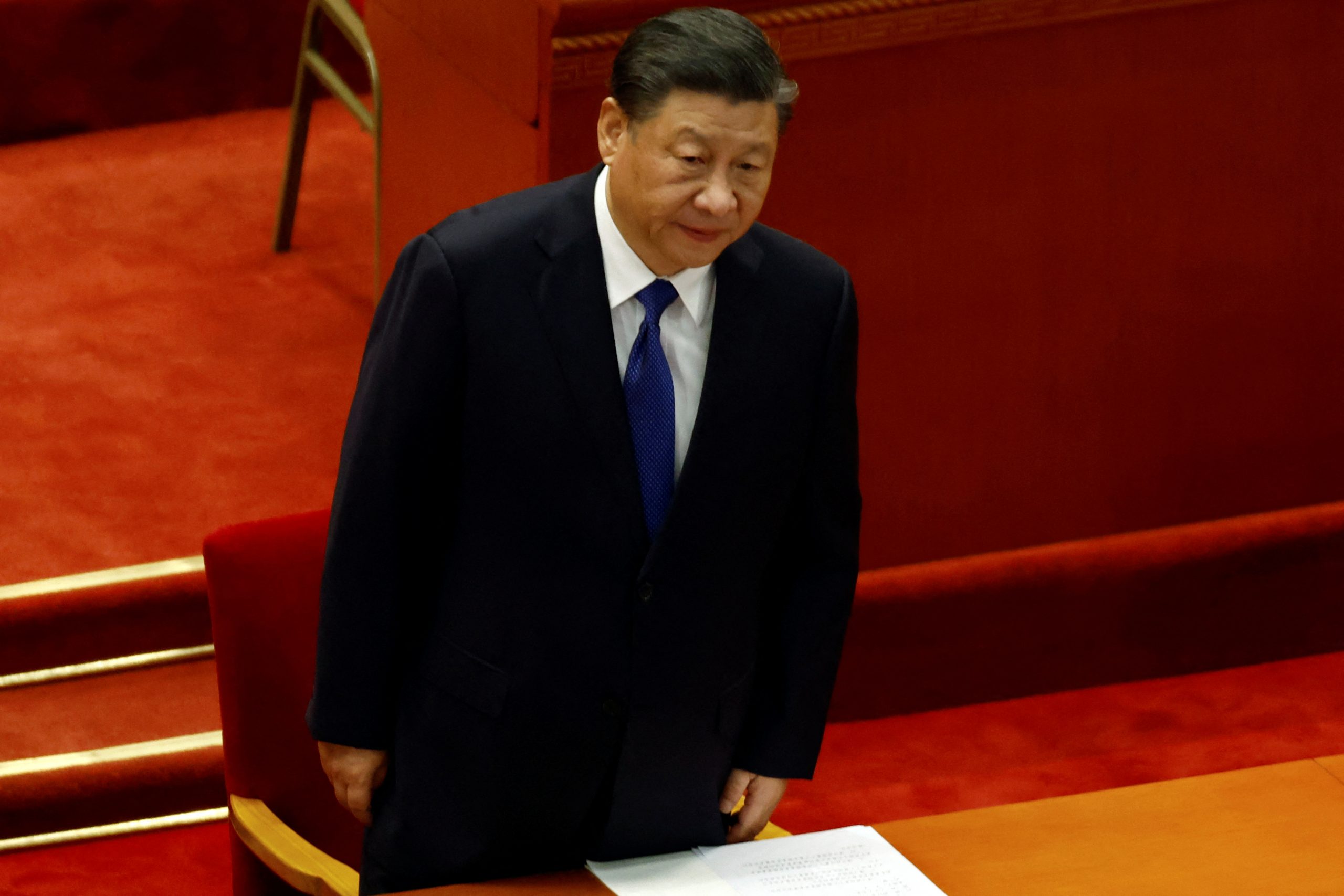
Lauren Moye, FISM News
[elfsight_social_share_buttons id=”1″]
Yesterday, President Joe Biden showed hesitation to call on China to leverage their influence over Russia to bring a quicker end to the Ukraine crisis during a secure video chat with China’s President Xi Jinping. To date, China has refused to publicly term the conflict as an invasion initiated by their close ally. After a nearly two-hour conversation between the White House and Beijing’s top leaders, there appears to be no change in position or guarantees that China will not support Russia in their invasion.
FISM previously reported on the mixed signals sent by Beijing about their stance on the Russia-Ukraine conflict. To date, Russia has not been dissuaded from inflicting mass casualties upon Ukrainian citizens through the bombing of cities like Mariupol. They are additionally threatening to escalate the conflict through false-flag rhetoric involving nuclear and bioweapon use.
China has not condemned any of their ally’s actions. This has led to growing fears that China, which is Russia’s biggest trading partner, will assist them in their war efforts by providing military equipment. Other fears are that China will resupply the nation or assist them economically against the widespread sanctions placed by other nations.
While the readout of yesterday’s call states that Biden “described the implications and consequences” of doing this, others have noted his passivity in not directly calling on China to leverage their influence over Russia to pressure the soviet nation into ending the conflict.
In both the background call and the press briefing yesterday, members of the press asked for details of what Biden had promised in terms of consequences, if he had asked China to become more active in ending the conflict, and if China had decided how to respond to the geopolitical situation.
“I mean, the President really wasn’t making specific requests of China,” the Senior Administration Official on the background call said. “He was laying out his assessment of the situation, what he thinks makes sense, and the implications of certain actions.”
The details of the “implications” remain unknown. But the official frequently reiterated that “China will make its own decisions” with the information they were given. These decisions will become evident “in the days and weeks ahead.”
White House spokesperson Jen Psaki continued on the theme, spinning the president’s passivity as a chance to give China autonomy in the affair. She said, “China has to make a decision for themselves about where they want to stand and how they want the history books to look at them and view their actions.”
Both the senior official and Psaki refused to answer if President Xi had referred to the conflict as an invasion. When pressed on this point, Psaki said, “We don’t, as a policy, speak for other countries. They can speak for themselves.”
Despite the White House’s insistence that the majority of the two-hour call was centered on Russia and Ukraine, this only comprises half of China’s readout. The first half of the release focuses on previous difficulties in the China-U.S. relationship, including Taiwan. Rather than the clear “implications and consequences” from the U.S.’s version of the readout, the Chinese version stresses that “the U.S. does not seek to have a new Cold War with China, to change China’s system, or to revitalize alliances against China, and that the US does not support ‘Taiwan independence’ or intend to seek a conflict with China.”
Additionally, along with an agreement that diplomatic negotiations should be encouraged between Russia and Ukraine, the Chinese readout says that the U.S. and NATO should “address the crux” of the conflict and “ease security concerns” for both countries. An “enduring solution” involves rejecting “the cold war mentality” and refraining from “bloc confrontation.”
American concerns regarding China’s response are unabated following the call. One journalist asked Psaki, “And you don’t have a sense that China may be leaning more in one direction or another?”
She responded, “Not an assessment I can provide from here.”
The one thing that can be discerned is that China and the U.S. have agreed to keep communications open.
